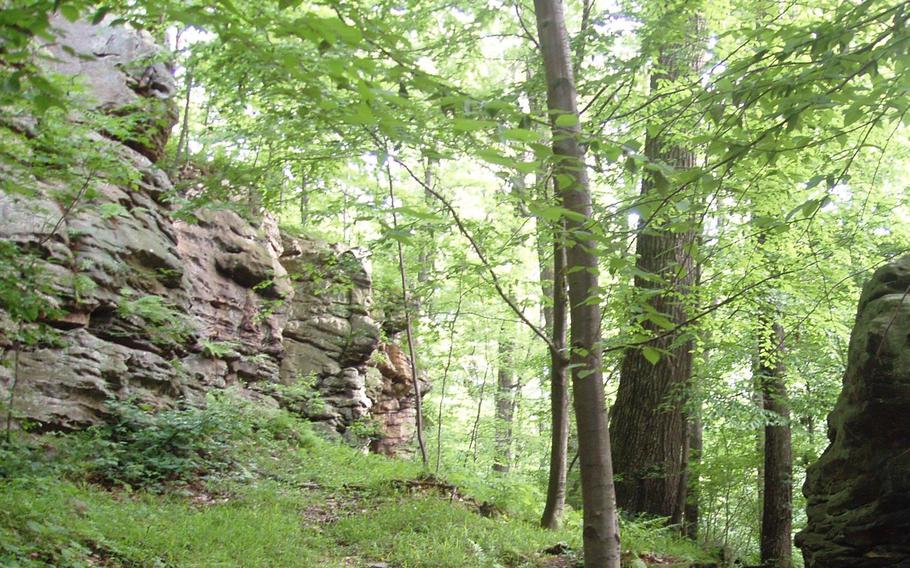
Jumonville Glen in Pennsylvania, the site of the Jumonville Glen skirmish that unofficially kicked off the French and Indian War in the mid-1700s. (National Park Service)
(Tribune News Service) — In his capacity as site manager for the Fort Necessity National Battlefield, Brian Reedy has spent many years telling visitors that he and fellow National Park Service employees were "reasonably certain" they knew the site where the skirmish at Jumonville Glen unofficially kicked off the French and Indian War in the mid-1700s.
Last week, thanks to a recent archaeological dig at the site in North Union, Reedy was able to confirm with certainty where the fighting occurred.
In 1754, a young George Washington was dispatched by Virginia Lt. Gov. Robert Dinwiddie first as a diplomat, and then on a military expedition with a small group of soldiers, when he reported back that French soldiers did not appear to have any intention of leaving the upper Ohio River Valley.
Informed of a French encampment in modern-day Fayette County by Mingo Native American allies who also aided in the fighting, Washington's group engaged the French on May 28, 1754, killing 10 and capturing 21, according to the Washington Library.
"The 15-minute skirmish that occurs here will change the world," Reedy said.
National Park Service archaeologist William Griswold said the dig, which took roughly a month, uncovered five musket balls and "quite a few artifacts."
"I have to sort of be intentionally vague," he said, "Because we do occasionally have bad actors who will try to take things out of the national park."
But while Griswold could not point to specific areas where items were found, he is planning to analyze them and try to find out more about the skirmish.
"We identified the site of the battle, and it happened much the way it's depicted (in NPS literature)," he said. "Scientific analysis is going to continue here as we try and pull apart the information from these ballistics to figure out who fired what."
The musket balls will undergo portable X-ray fluorescence, which Griswold said helps to develop a "fingerprint" that could help determine which are French and British in origin.
"It was really an extraordinary project," Griswold said.
In addition to NPS personnel, a group of veterans from the American Veterans Archaeology Recovery organization also helped on the dig.
"We try to give veterans an opportunity to excel in the sometimes challenging world of field archaeology in a unique and supported environment," said the group's CEO, Stephen Humphreys. "This group learned a lot of valuable skills that can be used in a tangible way. They really came together around shared experiences both in the military and at this site. Those are connections they can reach to in the future if they're having a hard time."
Humphreys said an ongoing mental health study is showing most veterans participating in the program have shown decreased levels of stress, anxiety and depression.
Reedy said that is just one of the ways in which the dig has been a great success.
"There was our curiosity in finding out more details about the site, and also the legitimate threat to the historical resources that are here," he said. "When archaeological artifacts are taken, it's a loss for everyone. So we wanted to preserve the integrity of what's here and protect the site."
The musket balls and other artifacts will eventually become part of the Fort Necessity Interpretive and Education Center's collection, where they will be available for historical researchers.
For more on Fort Necessity, see NPS.gov/fone.
(c)2023 Tribune-Review (Greensburg, Pa.)
Visit at www.triblive.com
Distributed by Tribune Content Agency, LLC.